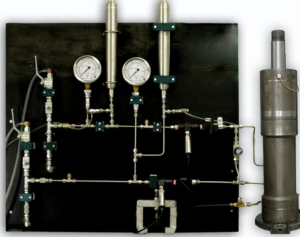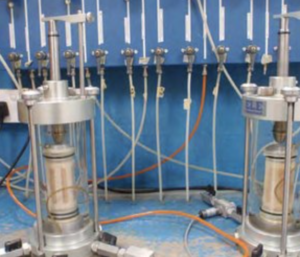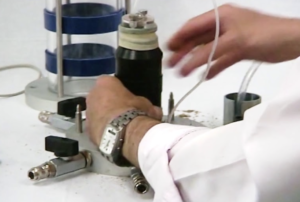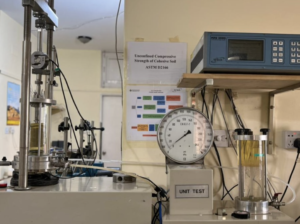Top 10 Triaxial Saturator Applications in Research and Commercial Geotechnical Projects
Triaxial saturators turn noisy soil data into clean, trusted signals. I’ve watched them unlock results that used to feel impossible.
Quick takeaway: A triaxial saturator enables reliable back-pressure saturation, stable pore pressure, and repeatable effective-stress tests. From liquefaction studies to tunnel design and site QA, it’s the quiet workhorse behind credible geotechnical decisions.
Let’s split the “top ten” by research, projects, QC/safety, and environmental work.
Why Are Triaxial Saturators Important in Research?
Great research needs clean boundaries, stable pore pressures, and repeatable prep. The saturator ties these together, sample after sample.
In short: Saturators raise B-values, cut micro-leaks, and speed up saturation—so stress paths and modulus data actually reflect the soil, not test noise.
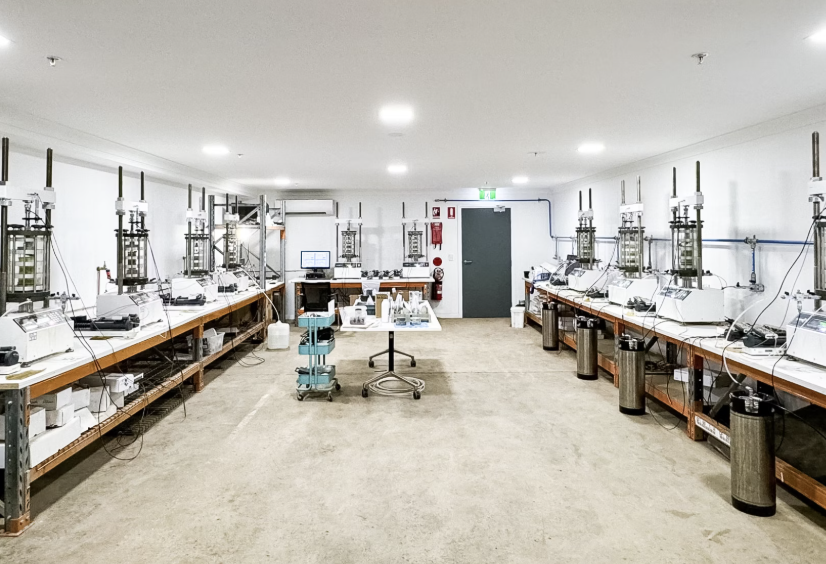
I still remember a late night in the lab—lights humming, a soft clay specimen under back pressure. The moment the B-value1 crept past 0.95, the room felt different. Calm. We could trust what came next. That’s the gift of a good saturator: confidence. In research, confidence lets you push further—true-triaxial paths2, cyclic runs, permeability under tiny gradients. It also keeps the story honest when you publish.
Top 10 applications (research + practice map)
| # | Application | Why it matters | Typical output |
|---|---|---|---|
| 1 | Back-pressure saturation for CU/CD | Stable effective stress, credible shear strength | B-value, stress-strain curves |
| 2 | Rapid saturation of low-k clays | Saves days; reduces creep waiting | Time-to-B, consolidation log |
| 3 | Liquefaction & cyclic tests | Prevents pore pressure drift | Ru build-up, cycles to failure |
| 4 | Flexible-wall permeability setup | Minimizes boundary leaks | k under low gradients |
| 5 | Tailings & mine waste prep | High water content control | Undrained response, contractive/ dilative trends |
| 6 | Rock/weak rock saturation | Pores fully flooded | E, ν, strength under confining |
| 7 | CO₂ pre-flush + de-aired water | Air removal for stubborn soils | Faster B rise, fewer retries |
| 8 | Teaching effective stress | Clear demonstrations | Class-ready plots |
| 9 | Admixture/biocement studies | Compare treated vs. untreated | Stiffness/strength deltas |
| 10 | Sensor/porous stone validation | Detects setup leaks early | Hold-test logs |
Helpful starting points: back-pressure steps, valves, and leak checks lab SOP starter; B-value ramp planner worksheet; quick de-air workflow guide.
How Do Saturators Benefit Commercial Construction Projects?
On active jobs, time is money. A reliable saturator turns lab work into schedule certainty and fewer redesign loops.
Bottom line: Faster, cleaner saturation means earlier design numbers, clearer risk pricing, and fewer surprises during excavation and foundation work.
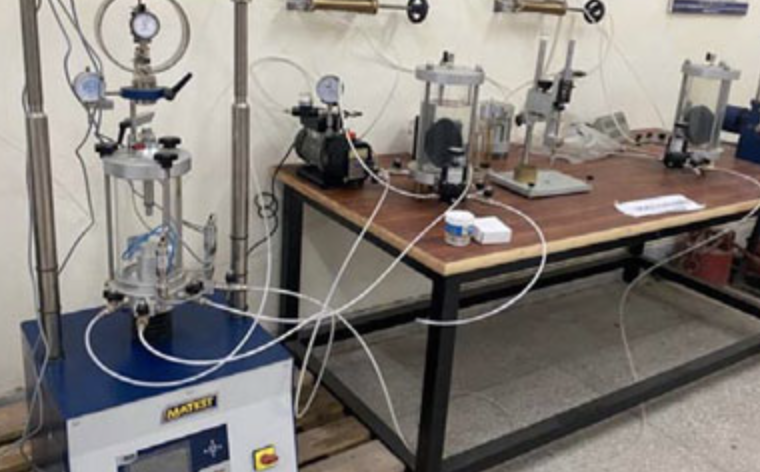
I’ve sat with project teams who just want one thing: numbers they can build on. With a solid saturator routine, CU triaxials stop slipping by days; permeability runs stop yo-yoing. Designers move forward. Contractors lock means and methods. And yes—clients breathe easier.
Where it helps on site-linked programs
- Deep excavations & retaining: Better undrained shear for clays; confident wall embedment. Excavation pack
- Piles & rafts: Cleaner stiffness inputs for settlement. Foundations kit
- Tunneling: Ground response and face stability less guessy. Tunnel notes
- Port & coastal: Soft-clay models align with reality. Coastal brief
Quick project table
| Use case | Project gain | Deliverable |
|---|---|---|
| CU/CD with steady B | Design on time | Verified plots + summary |
| Permeability with low leaks | Dewatering sized right | k ranges + risk notes |
| Cyclic prep for rail/road | Fatigue risk scoped | Cycles vs. strain chart |
| Hold/step leak checks | Fewer retests | QC log with thresholds |
Small practice tip: book instrument time blocks and standardize saturator settings by soil type. It sounds dull; it saves days. Templates: program timer sheet, valve sequence card.
What Role Do They Play in Quality Control and Safety Testing?
QC is where saturators quietly prevent problems. A stable saturation routine3 flags bad seals, tired porous stones, or questionable specimens before they cost you.
Short answer: They provide early warnings4—catching micro-leaks, weak membranes, or distorted samples—so safety margins aren’t built on broken data.
A story I often tell: a contractor once blamed “lab scatter” for shaky wall design. We reran specimens with tighter saturation holds and replaced a porous stone that looked fine but wasn’t. The re-tests aligned; the design held. No drama on site.
Practical QC checkpoints
- B-value target & time-to-B: Track both, not just the final number. B-tracker
- Hold tests at modest back pressure: watch volume change drift. Hold script
- Porous stone hygiene: Re-boil, back-flush, retire on schedule. Stone care
- Membrane & O-ring inspection: Replace early; cheap insurance. Seal checklist
QC table (handy targets)
| Check | Why | Typical cue |
|---|---|---|
| B-value trending up | Air removal on track | dB/dt stable |
| Near-zero drift in hold | No hidden leaks | ΔV ~ 0 over set time |
| Consistent time-to-B | Process discipline | Batch-to-batch repeat |
If you train techs to log two extra minutes per specimen—time-to-B and hold drift—your safety factors will start coming from real soil behavior, not wishful thinking. For field teams reading reports, I attach a one-page legend: thresholds, colors, actions. One-pager
How Are Saturators Applied in Environmental and Infrastructure Studies?
From landfills to offshore wind, saturators help reproduce saturated field conditions5 and low gradients without boundary leaks—so durability and risk models hold up.
In brief: They support k-testing, shear under long-term confinement, and cyclic loading6 where water pressures matter, across transport, water, energy, and waste.
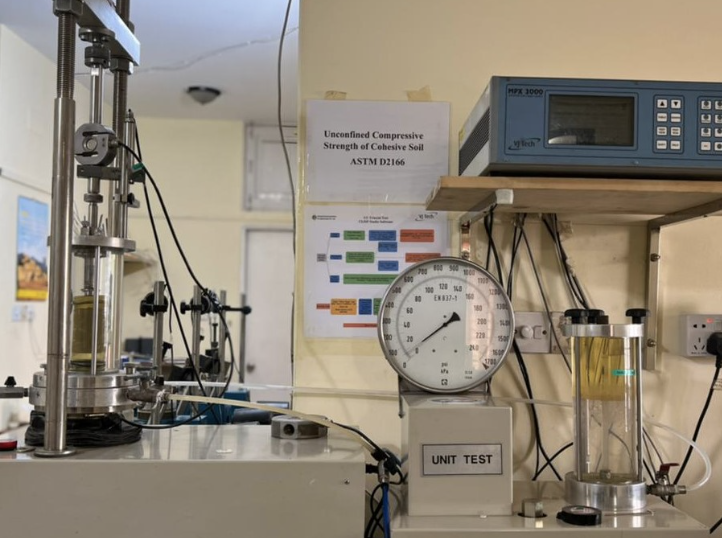
I’ve worked with teams comparing remedial options for soft ground under a future rail line. The hero wasn’t a fancy algorithm; it was steady saturation, gentle gradients, and patient logging. The outputs fed into resilience talks the public could understand.
Application map (environment & infrastructure)
| Sector | Saturator use | Decision it informs |
|---|---|---|
| Landfills & liners | k under low gradients | Leakage and containment design |
| Flood defenses | Long-term confined response | Crest level, drainage details |
| Rail & highway | Cyclic prep + shear | Rutting, settlement allowances |
| Offshore wind | Saturated sands & silts | Monopile sizing, serviceability |
| Tunnels & caverns | Face/ground response | Support classes, sequencing |
| Brownfields | Remediated soil behavior | Treatment acceptance, monitoring |
Tools and habits that help
- Gentle gradient rigs for permeability: avoid over-driving. Low-head setup
- CO₂ flush + de-aired water chain for stubborn soils. De-air recipe
- Standard valve choreography so every tech runs the same dance. Valve map
If your infrastructure program spans years, lock an SOP now and freeze it. Future you will say thanks when comparing year-1 to year-3 results without debate.
Conclusion
Make saturation boring and repeatable; your triaxial results—and decisions—become clear, fast, and trusted.
-
Understanding the B-value is crucial for interpreting data accurately in research, enhancing your confidence in results. ↩
-
Exploring true-triaxial paths can deepen your knowledge of complex stress states in materials, vital for advanced research. ↩
-
Understanding stable saturation routines can enhance your QC processes and prevent costly errors. ↩
-
Exploring early warning systems can help you implement proactive measures in your QC strategy. ↩
-
Understanding saturated field conditions is crucial for effective geotechnical design and analysis, ensuring safety and performance. ↩
-
Exploring cyclic loading helps in understanding material behavior under repeated stress, essential for engineering applications. ↩



